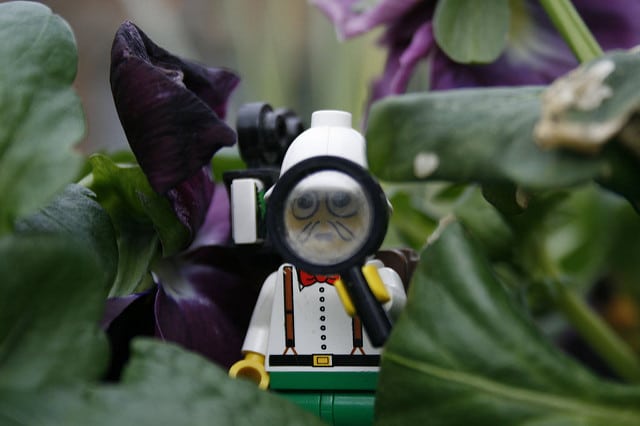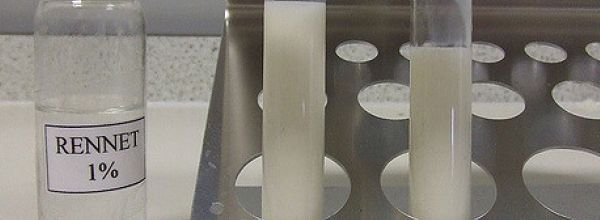Titering Phage – The Plaque Assay
Phage display is a molecular technique used to isolate binding or interaction partners to molecules of interest from an extensive library. Such libraries are often derived from the variable regions of native B-cell antibody-binding genes cloned into phage DNA.
A single round of phage display panning involves many important steps. However, the entire technique hinges upon the ability to quantify (titer) phage and isolate single clones. Titering phage is possible using a technique called a plaque assay, which I will walk you through in this article.
Titering Phage – Where Do You Start?
The generic protocol below will give you a quick guide to quantifying phage from a starting stock:
- Choose a solid media (i.e., agar plate) on which E. coli grows quickly (e.g., LB or TYE agar). These are rich in nutrients and easy to prepare in large quantities.
- The “meat and potatoes” of the plaque assay is a second reagent: top agar. This contains the same components as the agar plate, but with only half the agarose. Top agar can exist in a liquid state at 42–45°C for as long as you need it. When poured on top of solid agar, top agar creates a thin and mostly transparent layer. When inoculated, a lawn of bacteria will grow on the surface of your top agar.
- Grow an E. coli culture in liquid culture to an OD600 of between 0.4 and 0.6. This is the mid-log stage of bacterial growth. At this stage of growth, bacterial cells in culture are most amenable to infection by phage, thus allowing viral replication.
- Media containing these bacteria can then be used as a diluent in a dilution series, where 10-fold or 100-fold dilutions of the phage stock (solute) are prepared.
- Incubate these stock dilutions at 37°C for 30 minutes so the phage can become fully internalized. Then, add molten top agar to this mixture, vortex it, and immediately pour it onto the original agar plates.
- In the absence of phage, incubating these plates overnight at 37°C would result in a lawn of E. coli throughout and on the top agar. When E.coli cells are infected, the phage replicates, killing the original host cell and infecting those in the immediate vicinity. This process will occur multiple times, clearing a small area around the originally infected cell, forming a plaque.
- When phage is diluted properly, you will be able to count distinct plaques on a few of your agar plates. You can then calculate the original number of phage taking into account the dilution factor of that plate.
Hang in There!
It might take a couple of attempts to get the hang of the protocol. However, getting this right sets the table for successful and fruitful panning. Knowing exactly how many phage are going into a phage display experiment ensures that the highest number of binding partners are exposed to your protein, setting you up to find the tightest binder available.
Do you have any other tips for titering phage? If, so please share them with us by writing in the comments section!






